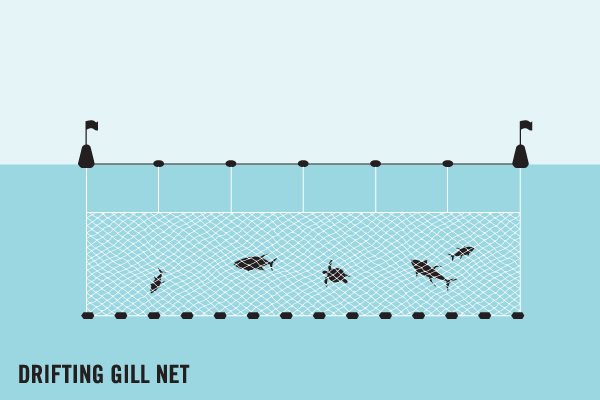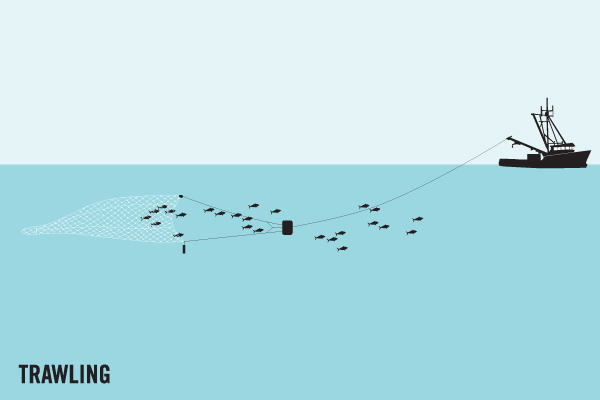Average Weight/Length
Other "Popular" Names for this Fish
Location Habitat
Biology & Physical Description
Life Cycle & Mating Behavior
Geographic Species Map (Fishbase.org Map)
|
|

|
Summary of Distribution: Circumglobal in coastal warm temperate and tropical seas. Western Atlantic: North Carolina, USA to Uruguay, including the Gulf of Mexico and Caribbean. Eastern Atlantic: Mediterranean and Morocco to Senegal. Indo-Pacific: throughout the Indian Ocean; Ryukyu Islands to New Caledonia and French Polynesia. Eastern Pacific: southern Baja California, Mexico to Peru. Highly migratory species |
|
Note: Distribution range colors indicate degree of suitability of habitat which can be interpreted as probabilities of occurrence (fishbase.org) |
|
Sport Fishing Techniques
|
|
Gill netsGill-nets are the dominant gear in the Indian Ocean. Gill-nets are used in artisanal and semi-industrial fisheries, contributing to 30-40% of the total catch. The net design is comprised of continuous panels of uniform mesh size, aimed to trap fish behind the gills. The International Sustainable Seafood Foundation (ISSF) notes that rates of sharks and turtle by-catch in Indian Ocean gill-net fisheries are high.. |
|
|
|
River DriftRiver Drift means to use the.... |
|
|
|
TrawlingTrawling is when.... |
|
Tackle & Baits
Game Rating
Game Rating : 9/10
Game Description :
Monstrous size alone makes it an equally monstrous angling challenge.
Food Rating
Game Rating : 8/10
Game Description :
Its large fins, including the tail, sail-like first dorsal fin, are prized in the Oriental shark fin trade. Meat utilized for human consumption (fresh, fresh-frozen, dried-salted, and smoked), liver oil for vitamins, fins for soup, hides for leather, and carcasses for fishmeal
Picture (Fish)
|
|
|
|
|
|
|
|




















 Great Hammerhead
Great Hammerhead 









